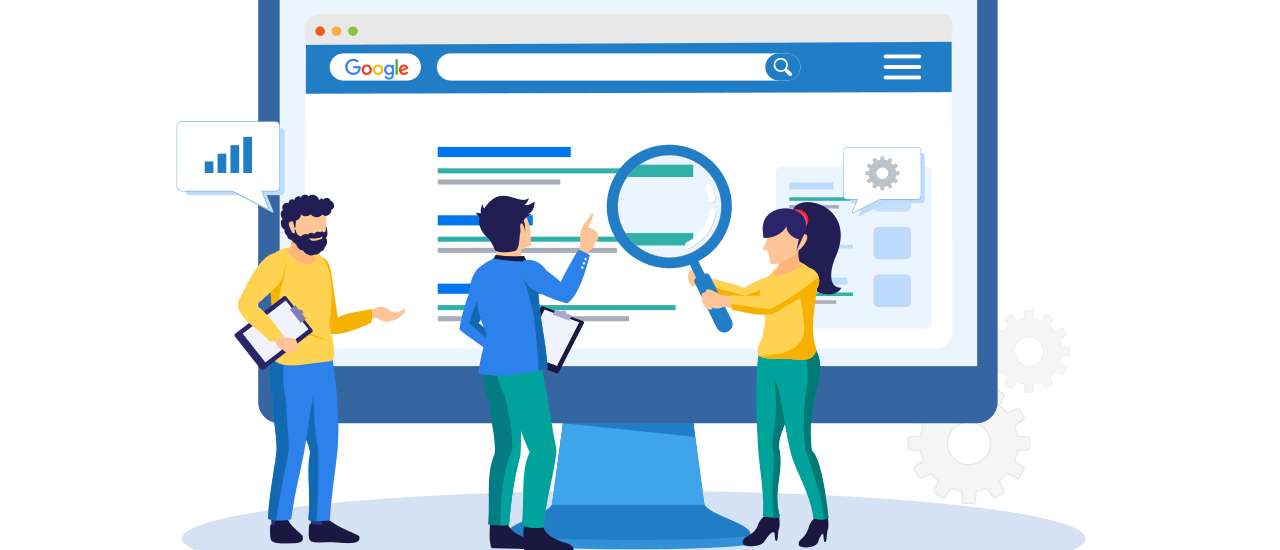Can search engines find your web pages? If your answer is no, you are in big trouble as all the optimization tasks may fall flat and do no good. To ensure that the search spiders locate you easily, look forward to strategies to boost the crawlability and indexability of your site. You may be already aware that keywords and content are the maxims based on which the SEO experts create the strategies to rank websites. Unfortunately, they are not the only ones to lend your website a competitive edge.
The less thought-of option for users and search bots is the pace of discoverability of your site. Research indicates that over 50 billion web pages on around 2 million websites need to work on strategies to improve the indexability of the site, which is way ahead of what humans can explore. Typically, the search bots follow the links of different websites and page to page to compile it in a huge database. These links are made to move through algorithms of the search engines, which is also popularly called crawling or indexing. As you can easily imagine how essential is crawling and indexing, it is good to know how to boost them quickly.
Steps to boost crawlability and indexability
Is your website a victim of poor crawlability and indexability? If your site has too much of dead ends and broken links, the search bots won’t be able to access your content fully. A half-hearted win is not what favors your website. So, why don’t you have a look at these steps to make your site easily discoverable? If your web pages are not indexed, they will never appear on the SERPs. Now, the search engine will never rank a site whose web pages have not been indexed. So, what next? Here are 10 effective steps to give your site’s indexability and crawlability a boost.
1. Make the internal link robust
Internal linking when combined with a professional site structure is one of the basics of SEO strategies. What is your feeling about a website that is far from organized, making it daunting for search engines to crawl? But you need not trust every aspect blindly but make efforts to find out for yourself what experts have to say about strengthening the internal linking structure.
2. Improve the page loading speed for navigation
The internet has billions of web pages to be cataloged. Unfortunately, web spiders need not have to wait endlessly for those pages to load. So, make sure your site loads within a specified time frame, the visitors, meaning that your site may not be indexed or crawled. Eventually, it will hurt the SEO prospects of the site as well. Therefore, evaluating the site’s speed regularly is necessary so that you can improve its prospects of being crawled and indexed easily.
3. Evaluating new content
Every website comes with new pages from time to time and several others publish new content from time to time. Ensure that the new content is indexed regularly for your site to rank.
4. Handling the redirects
Websites usually evolve and redirects are an essential part of it. Wondering how? Well, you need to direct the online visitors to more relevant and fresh content. However, you need to handle the redirect carefully as it often leads the visitors to another page instead of the correct destination.
5. Fixing the crawl errors
When the search engine follows a link but fails to access the page when crawling, it will not find anything new or fresh for indexing. Clear the HTTP errors of the web server and fix the issues right now. The crawl errors can be viewed in Google’s Search Console, so what are you waiting for? Eliminate these errors when they show up in the Console.
6. Using robots.txt
Google crawls robots.txt, a file present within your site containing blocks and allows instructions for indexing. It helps in improving Google’s efficiency in crawling and indexing. No second thoughts on whether to use it to improve the efficiency of Google.
7. Submission of a sitemap
Google will crawl your site whenever it has time but it will not help in improving your site’s ranking. So, if you introduce fresh content on your site and what Google to know it, why don’t you submit a sitemap containing direct links to every page on your site? It allows Google to know the multiple pages on your site for indexing.
8. Improve quality content and avoid duplicate content
High-quality and authoritative content holds good when you are bent on improving the indexability and crawlability of the sites. Besides, your site must have fresh and new content. Never forget that duplicate content can take a toll on your site’s crawlability and indexability. Pages containing duplicate content will rank lower than those with high-end and informative content.
9. Use canonical tags
The canonical tags assimilate signals from multiple URLs and bring them together in a single canonical URL to tell Google to index only those pages you want and skip those you do not want. Make sure to use the canonical tags appropriately to avoid rogue tags.
10. Check the indexability rate
Divide the number of pages on your site by the pages in Google’s index to find out the indexability rate. If it is lower than 90% chances are that there may be issues you need to address.
Are you now aware of Google’s indexability and crawlability? So, check your site regularly for misdirection and deception to ensure that your site’s indexability stays up. Follow the steps mentioned above and invest in a few tools for your site to be surrounded by web spiders.





